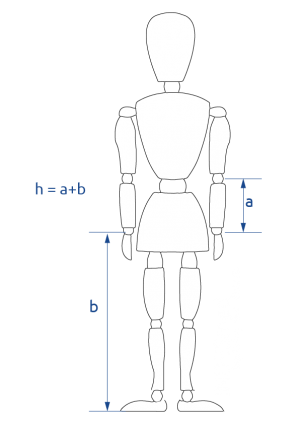Before embarking on your journey with crutches, it’s essential to address some crucial questions: Which type of crutch suits me best? How do I walk with crutches in various situations? Should I use one or two crutches? How can I use crutches correctly to gain maximum health benefits while minimizing risks? Let’s explore these aspects to ensure you make the most of your crutches.
Types of Crutches: When selecting crutches, it’s essential to consider your specific needs to find the best fit. There are various crutch models available, and while your doctor or physical therapist should offer personalized advice, here are some basic tips to keep in mind. Opt for crutches that offer health benefits, reliability, and affordability.
Avoid axillary crutches, as they can lead to serious side effects due to excessive compression on the radial nerve in the armpit and wrist areas. Look for crutches with size-adjusting capabilities, lightweight designs, and even appealing colors, as psychological factors play a role in the day-to-day use of crutches. A well-adjusted handle and forearm cuff are essential for proper sizing. Remember, a lighter crutch can make a significant difference in comfort and ease of use, especially since you take an average of 20,000 steps in a day.
How to Walk with Crutches
Proper sizing is crucial to avoid discomfort while walking with crutches. Adjust the handle height to match your hand’s height when standing with your arms as close as possible to your body. Walking with one crutch involves a specific technique, including getting up from a chair or bed and climbing stairs with one crutch. For walking with two crutches, the process is similar but requires additional coordination.
Using Crutches Wisely
To ensure the reliability of your crutches, perform regular maintenance and avoid abusive use. Check the rubber tips regularly and replace them if necessary. High-friction safety tips are recommended for walking on wet floors or near swimming pools. Examine the mechanical parts, such as bolts and tubes, for any issues. Never use crutches to hang shopping bags on the handles, as it alters your center of gravity and may lead to accidents. If you plan to use crutches near water, consider specialized materials like carbon fiber or thermoplastic to prevent oxidation.
Conclusion
By understanding how to use crutches correctly, you can optimize their physical benefits while minimizing potential health risks. Select the right type of crutch for your needs, ensure proper sizing, and follow the correct techniques for walking with one or two crutches. Regular maintenance will keep your crutches reliable, allowing you to navigate your daily activities with confidence and ease. With these guidelines, you can make the most of your crutches and maintain an active lifestyle during your recovery process.

